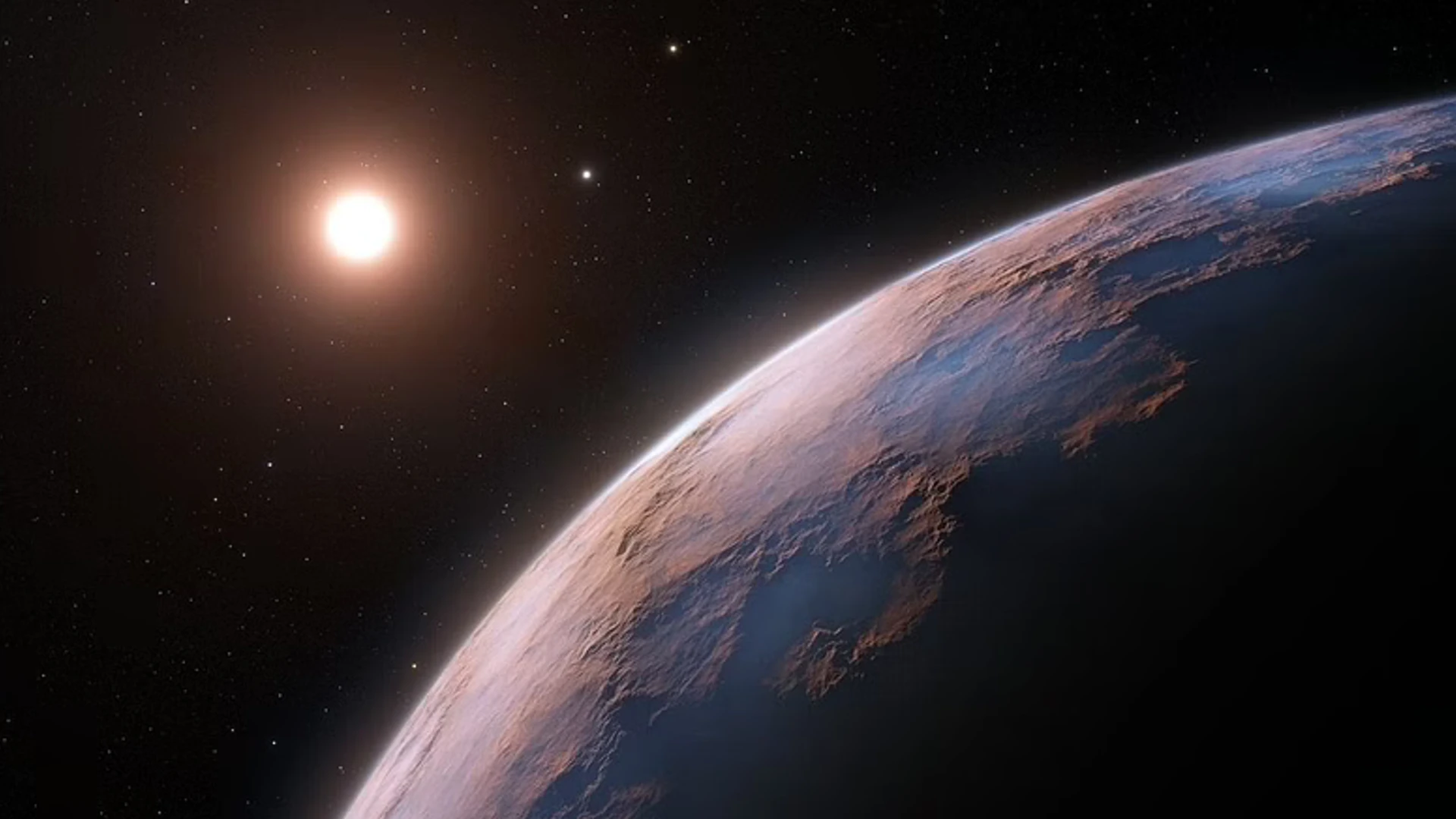Scientists recently reported the discovery of a third planet orbiting Proxima Centauri, the Sun’s closest neighbor. The planet, Proxima d, is estimated to have a mass of about a quarter of Earth’s, making it one of the lightest exoplanets known, if confirmed.
The study’s lead author Jo*o Faria said in an accompanying statement that “the discovery shows that our nearest stellar neighbour may have a wealth of interesting new worlds within reach for further study and exploration.”
Approximately 4 million kilometers separate Proxima Centauri from Mercury, less than one-tenth the distance between Mercury and the Sun. A planet was detected by the radial velocity method, which detects gravitational perturbations from planets and stars.
It is considered to be a candidate exoplanet and will be confirmed with further observations. The research was published in the journal Astronomy and Astrophysics Thursday.
‘Extremely important’
Proxima Centauri is home to two other confirmed planets, Proxima b and Proxima c. They orbit the star in 11 days and 5 years, respectively, and are located 7.5 million kilometers and 220 million kilometers away. The star Proxima b is believed to be within its habitability zone.
The initial findings of Proxima d suggest that it orbits its star every five days, but it is too hot to be habitable. There is only a 25 percent chance that its mass is the same as Earth’s. This makes Proxima d one of the lightest exoplanets known, and the lightest exoplanet detected by radial velocity.
Planetary and star orbits are studied using the radial velocity technique, which detects small perturbations. Both the star and the planet wobble under the effects of gravitational forces exerted by each other. Earth can detect this signal and use it to calculate the planet’s mass based on the known mass of the star.
The discovery was made with the Echelle Spectrograph for Rocky Exoplanets and Stable Spectroscopic Observations (ESPRESSO) instrument on the European Southern Observatory’s Very Large Telescope (ESO’s VLT) in Chile.
ESPRESSO instrument scientist Pedro Figueira said in a statement that the achievement was “extremely important.”.
“It shows that radial velocity technique has the potential to reveal a huge population of light planets, like our own, which are expected to be the most abundant in our galaxy and could potentially host life.”
